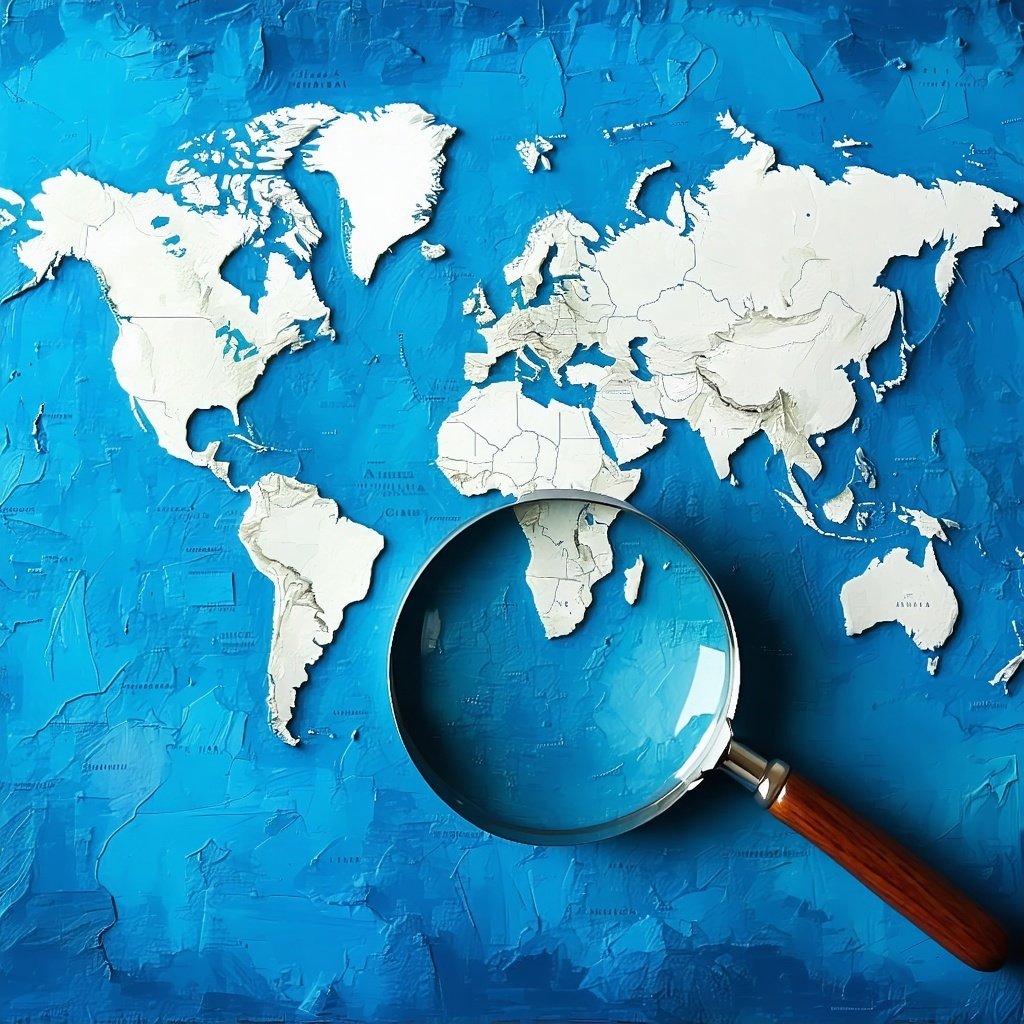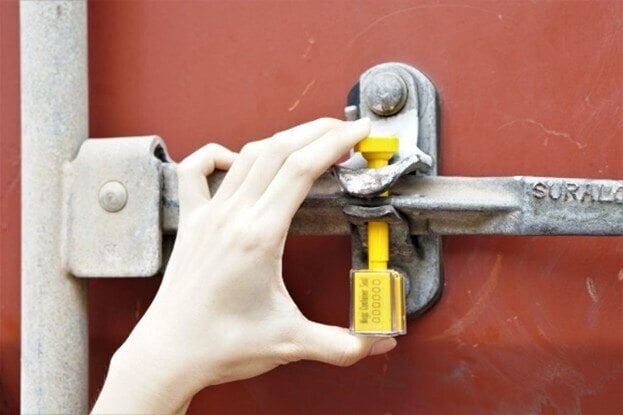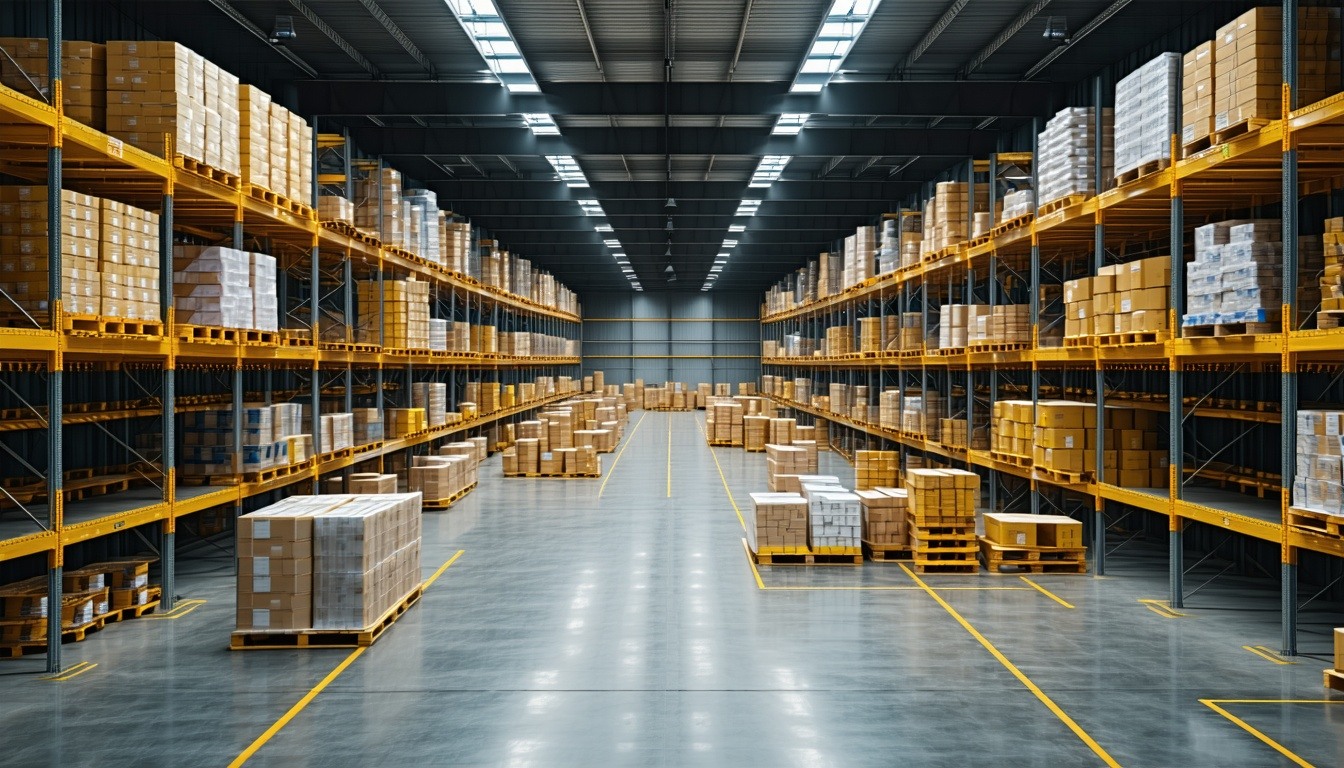CTPAT Compliance at Risk: How to Handle Non-Compliant Business Partners
Did you know that CTPAT certified companies can lose their CTPAT certification if their business partners fail to comply with CTPAT security...
2 min read
Eric Kaczorowski : Apr 28, 2025 2:56:07 PM

In today’s global trade environment, understanding where potential threats to your supply chain lie is not just good practice—it is a standard requirement for companies looking to join or already partnered with the Customs Trade Partnership Against Terrorism (CTPAT). Knowing what to look for and how to assess vulnerabilities is essential for maintaining secure supply chains. While identifying risks within your own operations is important, taking a step back and evaluating the supply chain from a global perspective can uncover vulnerabilities you may not have considered. One of the most effective ways to do this is by implementing a country risk map.
A country risk map is a highly valuable tool when evaluating the risks associated with your global supply chain. It serves as a visual representation to assess and communicate the relative risk levels of countries a company is involved with in international trade. These maps highlight regions and countries that may pose a higher threat to supply chain security, such as risks related to terrorism, financial instability, or other security concerns.
Companies that are partnered with CTPAT are required to adopt a risk-based approach to managing their supply chains. This involves identifying and assessing vulnerabilities not only within their own operations but across all partners, routes, and countries involved. A country risk map is integral to this process, highlighting countries with higher risk levels. Often color-coded, it directs attention to areas that require closer scrutiny, helping businesses pinpoint where stronger security measures are needed. By focusing on these high-risk regions, companies can prioritize resources and interventions where they are most needed, creating a more proactive and responsive security strategy.
In addition to improving supply chain security and enhancing compliance with CTPAT’s risk assessment standards, a country risk map enables companies to stay ahead of potential threats. It provides a framework for ongoing evaluation and adjustment, helping businesses identify vulnerabilities while offering insights into global security trends. By continuously adapting to evolving risks, companies can build a more resilient and efficient supply chain, ensuring the protection of operations and trade relations.
Veroot follows a structured approach to create custom country risk maps as part of a comprehensive risk assessment for companies. Each year, we analyze a wide range of scores from various U.S. government and global statistical tracking organizations, evaluating any changes in risk levels. The data covers key categories such as terrorism, financial stability, and other critical security factors. We then apply this data to our proprietary matrix to generate a normalized risk score, which is visually represented on the risk map using color coding to highlight each country's overall risk level in relation to supply chain security
If you are interested in obtaining a custom country risk map or starting your journey toward CTPAT certification, feel free to reach out. Veroot is here to assist you in navigating the process and strengthening your supply chain’s security and resilience.

Did you know that CTPAT certified companies can lose their CTPAT certification if their business partners fail to comply with CTPAT security...

Cargo security is crucial for maintaining an efficient and secure supply chain, protecting goods in transit from tampering, smuggling, and theft. The...

In today’s global trade world, having a secure warehouse is not just about keeping your cargo/inventory safe, it’s a major part of staying Customs...